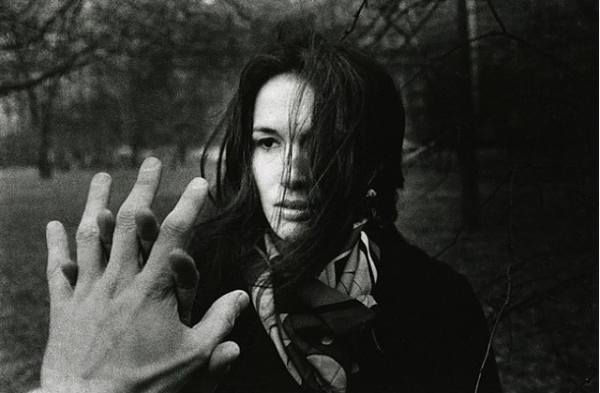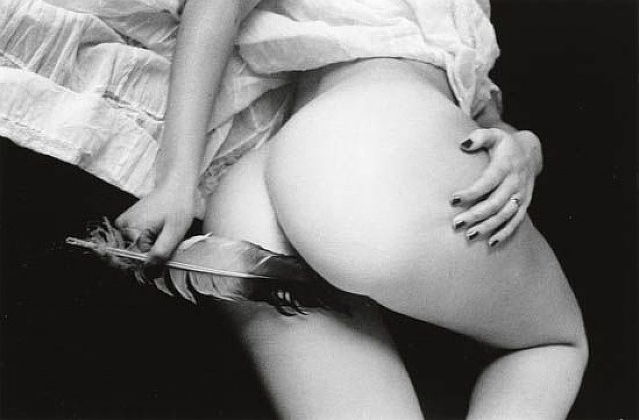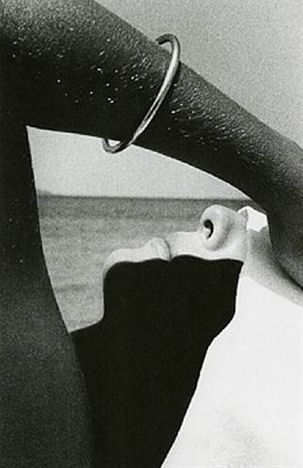Art & Exhibitions
artnet Asks: Photographer Ralph Gibson
The Leica photographer discusses his current projects and favorite contemporary art.

The Leica photographer discusses his current projects and favorite contemporary art.

Lorraine Rubio


Photo: by Chris Maher and Larry Berman originally featured in Shutterbug Magazine.
Ralph Gibson studied photography while in the United States Navy before attending the San Francisco Art Institute and working as an assistant to both FSA photographer Dorothea Lange from 1961 to 1962 and filmmaker Robert Frank on two separate films. Working primarily with the Leica camera, Gibson is most recognized for overlaying elements of film narrative and mystery onto the Surrealist subject of the female body. Fascinated with books, Gibson started the publishing house Lustrum Press in 1970 and has since published over 40 books, including Somnambulist and State of the Axe. Gibson is a Commandeur de l’Ordre des Arts et des Lettres of France (only given to those who have made significant contribution to the arts) and his work has been displayed in more than 150 venues worldwide. He lives and works in New York.
When did you know you wanted to be an artist?
I grew up in Hollywood and my father worked at Warner Bros. As a boy, I would visit him on the set and eventually became an extra and bit player. This experience, the camera, the bright lights and the highly charged dramatic atmosphere impacted me in ways I am still discovering. Later when I entered the US Navy, they sent me to photography school. I was very drawn to the medium but thought it meant being a commercial photographer. Upon my discharge from the service at age 21, I decided to attend the San Francisco Art Institute and the die was cast. But I don’t believe that art is a choice. I believe one is born with a destiny that impels one in a single, solitary direction: art.

Ralph Gibson, Feather (1999)
Photo: Courtesy of artist and Hamburg Kennedy Portraits.
What inspires you?
I study a lot of critical theory, music theory and art history…..with all this going on in my mind, I get easily inspired. Museums, travel, looking at architecture are all great sources of stimulation and make me want to work. Long talks with my artist friends always give me impetus to create, find a way to see something previously unknown.

Ralph Gibson, MJ, Sardinia, from “Infanta“ (1980)
Photo: Courtesy of the artist and Etherton Gallery.
If you could own any work of modern or contemporary art, what would it be?
If there was a single work that I most covet it would be The Piano Lesson (1916) by Matisse. I saw it at the MoMA in the ’50s when I was a sailor on leave in New York City. It was the first painting I understood, and his work continues to harbor great importance for me.

Ralph Gibson, Mary Ellen, Hand (1967)
Photo: Courtesy of the artist and Etherton Gallery.
What are you working on at the moment?
I am currently working on a project of music and video for a dance performance to be realized at the Burchfield Penny Art Center in the spring of 2015. I am also making a series of photographs entitled “Political Abstraction.” These images are both in color and black and white and are extremely minimal and exigent.
When not making art, what do you like to do?
When not making art I play tennis…..tennis and more tennis……